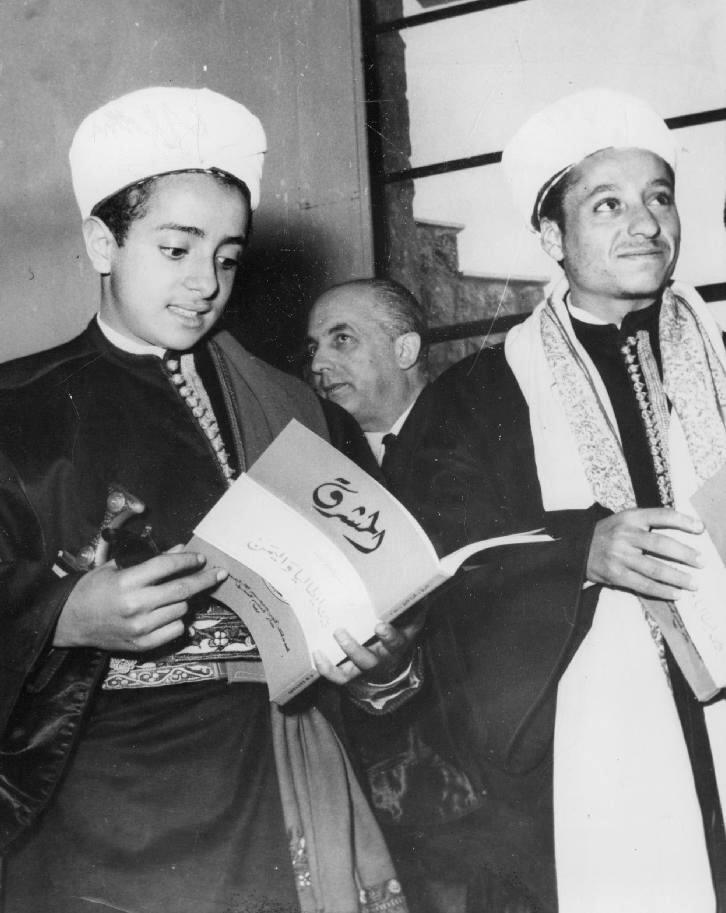
Figure 1.--Here we see an unidentified Yemeni boy wearing traditional clothing in 1953. Heooks to come froma well-to-do family. Notice his Jambia--the curved knife in his waistband. |

|
We do not know a great deal about clothing and fashion in Yemen. Our archive is very limited. Traditional Arab styles appear to be very common in Yemem. We do not have much information on these traditional styles. There are regional differences. The clothing thus varies by area. The principal regional differences are colors and designs. Clothing is affected by factors like religion, weather and raditions. Islam thgrough the Koran does not establish certain styles and garments. It does strongly promote the idea of modesty. This affects women's clothing more than men's clothing. One of the most important traditioinal garments in Yemen is the Thobe. This is a tailor made white robe. A destinctive Yemeni accessory is the Jambia. It is composed of three part., the first is the Jambia itself, a curved steel blade. The handle of the blade is usually made from the horns of animals--rhinoseous is especially popular. The second is Asib. This is the case that holds the blade. The third part is the Mahazaq or Hisam. This is the belt which carries the blade and case. The whole set is callthe Jambia to stress the importance of the blade and handle. These Jambia in many cases are pasdsed doiwn from generation to generation. Modern Western clothing is also worn. We se it being worn by younger children and some young men. The traditional garments are widely worn even in the larger cities.
Traditional Arab styles appear to be very common in Yemem. We do not have much information on these traditional styles. There are regional differences. The clothing thus varies by area. The principal regional differences are colors and designs. Clothing is affected by factors like religion, weather and raditions. Islam thgrough the Koran does not establish certain styles and garments. It does strongly promote the idea of modesty. This affects women's clothing more than men's clothing.
One of the most important traditioinal garments in Yemen is the Thobe. This is a tailor made white robe. A destinctive Yemeni accessory is the Jambia. It is composed of three part., the first is the Jambia itself, a curved steel blade. The handle of the blade is usually made from the horns of animals--rhinoseous is especially popular.
The second is Asib. This is the case that holds the blade. The third part is the Mahazaq or Hisam. This is the belt which carries the blade and case. The whole set is callthe Jambia to stress the importance of the blade and handle. These Jambia in many cases are pasdsed doiwn from generation to generation. Yemen is avery poor country. It does not have important oil resources. And without oil, most Arab countries were poor. There is no sigificant manufacturing, in art because the population is not well educated. We see children in rags unil after World WarII. The situation is better than iy was. but thecountry remains very poor.
Modern Western clothing is also worn. We do not see Western clothing to any extent until after World War II. Because of the British, Western garments were most common in Aden. We mostly see Western garments being worn by younger children and some young men. The traditional garments are widely worn even in the larger cities.
Navigate the Boys' Historical Clothing Web Site:
[Return to the Main Yemeni page]
[Return to the Main Middle Eastern page]
[Return to the Main Middle Eastern history page]
[Introduction]
[Activities]
[Biographies]
[Chronology]
[Clothing styles]
[Countries]
[Topics]
[Bibliographies]
[Contributions]
[FAQs]
[Glossaries]
[Images]
[Links]
[Registration]
[Tools]
[Boys' Clothing Home]
